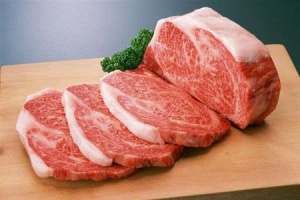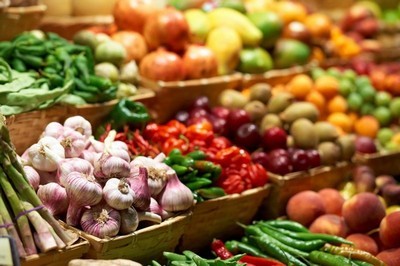Duty-free import will reduce the cost of chicken meat in the South

According to the general DIRECTOR of the Infoline-Analyst agency, Mikhail Burmistrov, the abolition of import duties will have the greatest impact on chicken MEAT producers from the South of RUSSIA, since the bulk of agricultural products enter the market through the ports of the Azov-Black Sea basin. For local producers, the abolition of duties will be an unpleasant measure, the expert believes.
This year, in the regions of Russia, including the Southern Federal District, a historical record for the cost of chicken meat was recorded. In August 2023, prices for chilled and frozen chicken increased by 25% compared to the same period in 2022, reaching 191 rubles per kilogram. Price increases continued in subsequent months. Today, in the Rostov region, the price of chicken meat averages 221 rubles per kilogram, and in the North Caucasus Federal District, for example, in the Stavropol region, it rose by almost 14% from June to August, reaching 200 rubles per kilogram. In December of this year, prices continued to rise.
One of the main reasons for the rise in prices for chicken meat this year was the increase in the number of spot (short-term) tender purchases by large chains. This led to a reduction in market supply and an increase in the cost of the product. The abolition of import duties on frozen chicken meat will increase supply in the domestic market, which in turn can help reduce prices and ease the situation for consumers.
However, it should be noted that this measure can have both positive and negative consequences. Lower chicken prices could have a negative impact on the income of local producers, who are already struggling due to rising production costs. In addition, it is possible that importing large volumes of frozen meat could affect product quality and market competition.
In general, the abolition of customs duties on the import of frozen domestic chicken meat into Russia from January 1, 2024 may lead to changes in the market structure and a decrease in prices for chicken meat, but may also entail some negative consequences for local producers. It is important to find a balance between supporting domestic production and meeting consumer needs for affordable and high-quality products.
Read together with it:
- Производитель тушенки в Бурятии повторно оштрафован за нарушенияПроизводитель, занимающийся изготовлением тушенки и мясных полуфабрикатов, использовал мясо неизвестного происхождения, что могло угрожать безопасности потребителей. Руководителю компании был выставлен штраф в размере 10 тысяч рублей, который, однако, не был уплачен. В связи с этим контролирующие органы составили новый протокол и передали дело в суд. 2 октября 2......
- Miratorg's 15th Anniversary: The Meat Retail Leader Celebrates Its AnniversarySince its founding, Miratorg has sold over 4 million tons of MEAT products and created approximately 2,000 jobs. Its branded stores employ meat experts who help customers select the best products and conduct master classes. The chain's assortment includes not only its own meat but also a variety of unique products from RUSSIA and abroad, including a premium wine collection curated by a sommelier. ...
- Новое видео на нашем канале: Какую породу овец выбрать в Казахстане? Эдильбаевская или импортные мясные породы? Опыт фермеровОвцеводство в Казахстане. Эдильбаевская порода, дорпер, суффольк, тексель, аккарабас. Отбор баранов-производителей, взвешивание, мясные качества и рентабельность Мы продолжаем съёмки про овцеводство Казахстана. В этом выпуске в кадре сразу несколько пород: эдильбаевская, аккарабас, тексель, суффольк, дорпер, а также кроссы и помеси. Мы показываем отбор баранов-производителей на случку, взвешивание...





























































